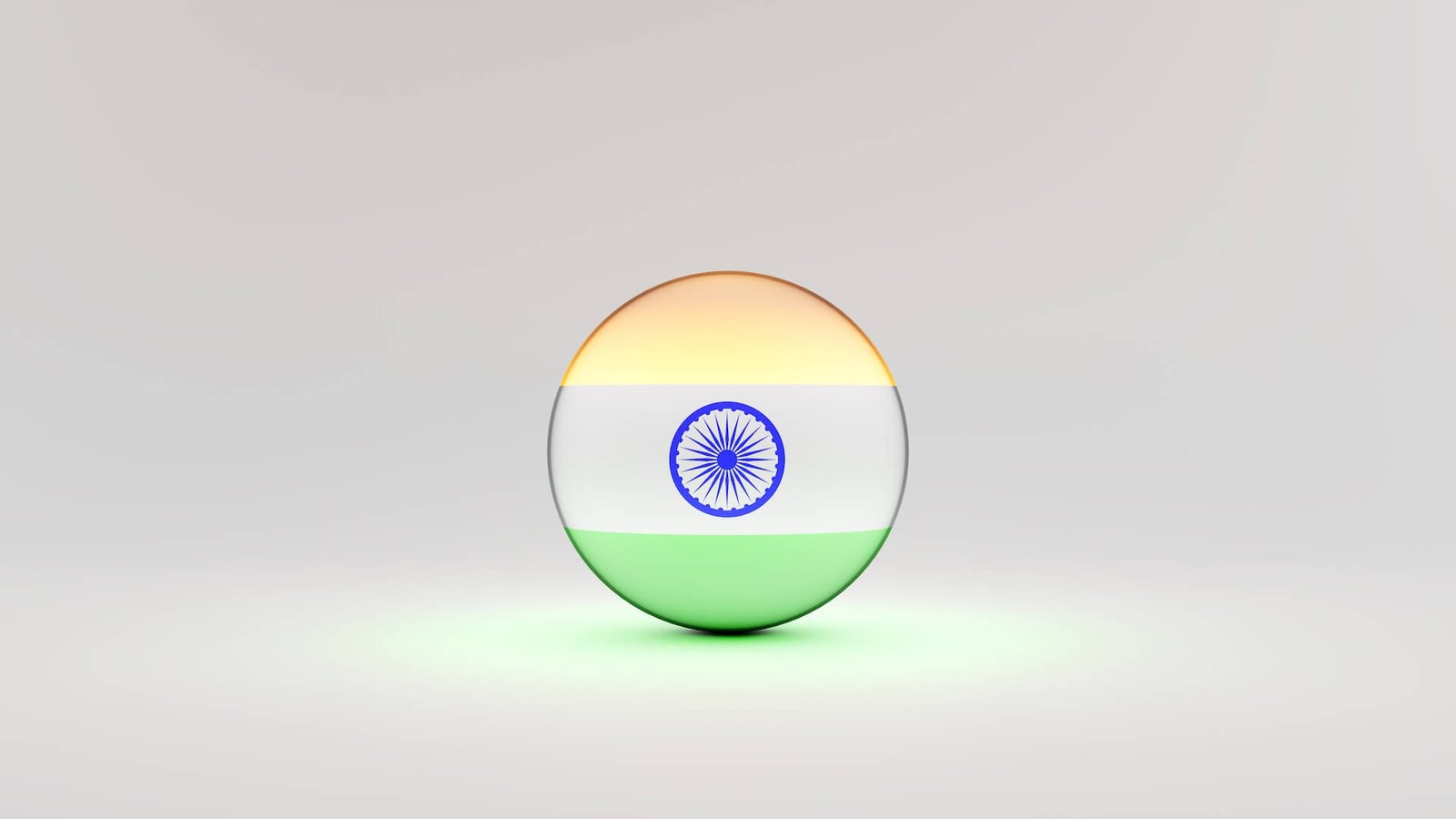Here are some specific events in Indian history, along with approximate years, that had a significant impact on the clothing manufacturers in Bharat:
- Invasions by Mahmud of Ghazni (11th Century): Mahmud of Ghazni’s repeated invasions of India during the 11th century resulted in widespread looting and destruction of wealth, including textiles and clothing. His raids on the temples of northern India, such as the famous Somnath Temple in 1026 CE, led to the plundering of valuable textiles.
- Invasions by Timur (late 14th Century): Timur’s invasion of India in 1398 resulted in the sack of Delhi. This invasion led to the destruction of the city and its textile industry, which was known for its fine fabrics. Timur’s forces looted and destroyed many of the city’s riches.
- The Mughal Empire and Deindustrialization (17th Century): While the Mughal Empire initially contributed to the growth of the textile industry, the later Mughal period saw a decline in manufacturing due to factors such as high taxation, administrative corruption, and the shift of resources to military expenditure. This contributed to the decline of the textile industry in some regions.
- British Colonial Rule (18th to 20th Century): British colonial rule in India, which began in the mid-18th century, had a profound impact on the textile and clothing industry. British policies such as the imposition of heavy tariffs on Indian textiles and the promotion of British-made textiles undermined the indigenous textile industry. The British also imposed various regulations and taxes that affected textile manufacturers and weavers.
- The Great Bengal Famine (1943): During World War II, the British authorities requisitioned vast quantities of textiles from India for the war effort, leading to a severe shortage of clothing materials. This, combined with a devastating famine in Bengal, resulted in the death and displacement of many textile workers and the destruction of the livelihoods of countless weavers.
- Partition of India (1947): The partition of India into India and Pakistan in 1947 led to the displacement and migration of millions of people. This had a significant impact on the textile industry, as many skilled artisans and weavers were forced to leave their homes and livelihoods behind.
These events, among others, contributed to the disruption and decline of clothing manufacturers in Bharat at various points in history. It’s important to note that Bharat’s textile industry also exhibited resilience and adaptability, and it has continued to evolve and thrive despite historical challenges.




